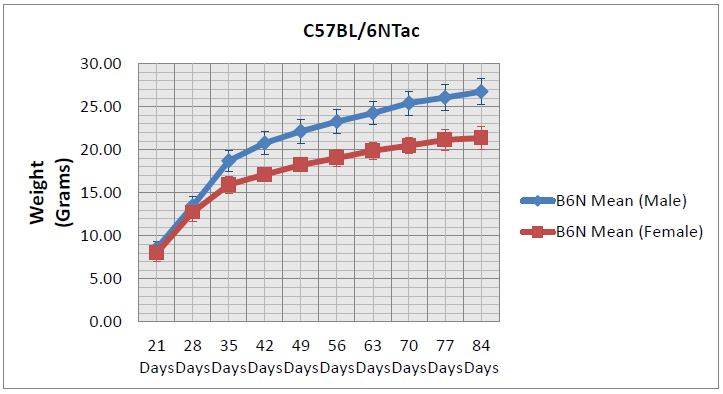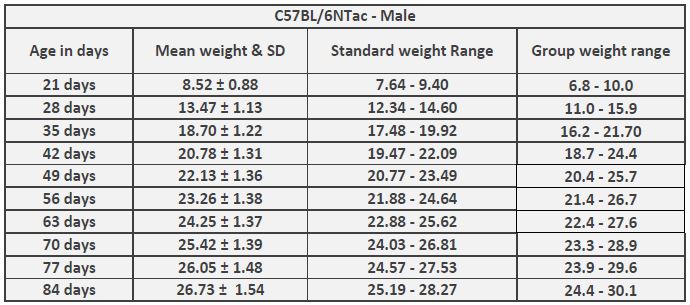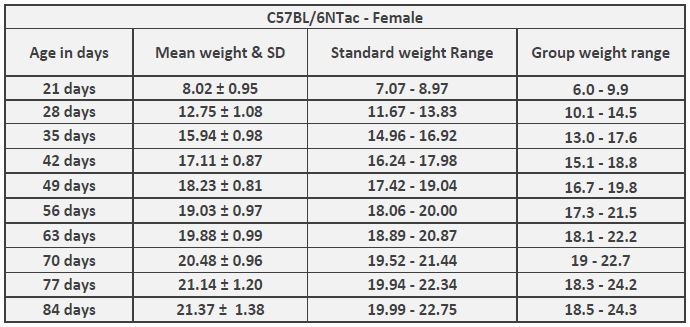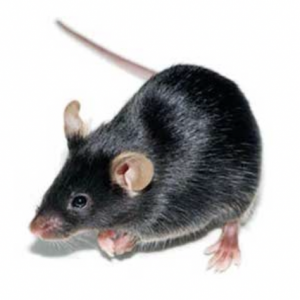Taconic's B6 Provides Superior Performance
One of the most used inbred mouse models, the C57BL/6 is used in nearly every research application, and it's commonly used as the genetic background for transgenic mouse models. It is also the preferred model for studying diet-induced obesity and the chronic experimental autoimmune encephalomyelitis model of multiple sclerosis.
- Popular research applications include oncology, immunology, metabolic disease, addiction and toxicology
- C57BL/6NTac is the preferred C57BL/6 substrain for generation of genetically engineered models, including by the Knockout Mouse Project (KOMP) and International Mouse Phenotyping Consortium (IMPC)
- The Taconic B6 has superior reproductive performance compared to other B6 substrains: superovulated females yield a high number of embryos and males have higher sperm fertilization rates
- The Taconic C57BL/6NTac has proven more amenable to the development of quality embryonic stem cells compared to other B6 substrains
- Popular strain for syngeneic tumor experiments; with a suite of related strains on the same background for mechanistic studies including Rag2, Rag2/OT-I, Rag2/OT-II and many more
- Historical data shows that hydrocephaly occurs in the C57BL/6 mouse in 0.05% of the population and may not be evident until the animal is more than two months of age.
Origin:C57BL/6 litters were received in 1991 at F151 from the NIH Animal Genetic Resource. Cesarean derived in 1991 at Taconic, a foundation colony is maintained in gnotobiotic isolators. Origin is as follows: to NIH in 1951 from Jax at F32; to Jax in 1948 from Hall.





